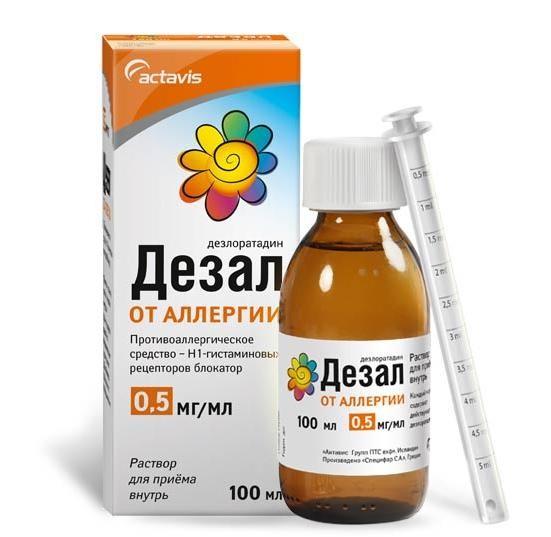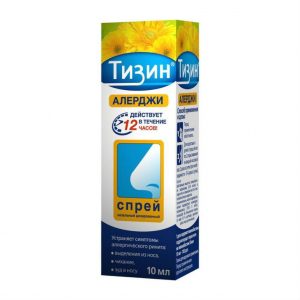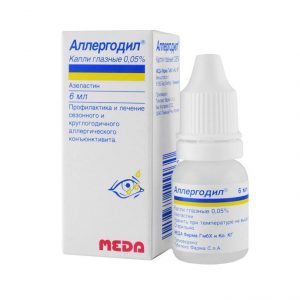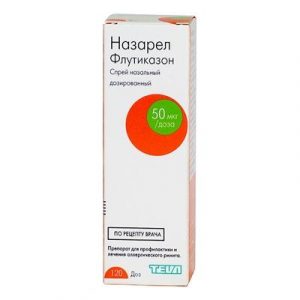Description
Release form
oral solution
Packing
Bottle 100 ml.
Pharmacological action
Desal – a blocker of histamine H1 receptors (long-acting). It is the primary active metabolite of loratadine. Inhibits the release of histamine and C4 leukotriene from mast cells. Prevents development and facilitates the course of allergic reactions. It has anti-allergic, antipruritic and anti-exudative action. Reduces capillary permeability, prevents the development of tissue edema, relieves spasm of smooth muscles. It practically does not have a sedative effect and, when taken at a dose of 7.5 mg, does not affect the rate of psychomotor reactions. In comparative studies of desloratadine and loratadine, there were no qualitative or quantitative differences in the toxicity of the two drugs in comparable doses (taking into account the concentration of desloratadine).
Pharmacokinetics
After ingestion, it begins to be determined in plasma after 30 minutes. Food does not affect distribution. Bioavailability is proportional to the dose in the range from 5 mg to 20 mg. Plasma protein binding is 83-87%. It does not cross the blood-brain barrier (BBB). Intensively metabolized in the liver by hydroxylation with the formation of 3-OH-desloratadine, combined with glucuronide, only a small portion of the oral dose is excreted by the kidneys (less than 2%) and with feces (less than 7%).
Indications
Symptomatic treatment of seasonal and year-round allergic rhinitis, chronic idiopathic urticaria.
Contraindications
Hypersensitivity, pregnancy, breast-feeding. For syrup (in addition, due to the presence of sucrose and sorbitol in the composition): hereditarily transmitted fructose intolerance, impaired glucose / galactose absorption, or sucrose / isomaltose deficiency.
Composition of
active substance: desloratadine 0.5 mg
Dosage and administration
Adults and adolescents 12 years of age and older are prescribed orally, regardless of food intake, at a dose of 5 mg per day. Children aged 1 to 5 years – 1.25 mg once a day, aged 6 to 11 years – 2.5 mg once a day.
Side effects
Mental disturbances: hallucinations.
From the side of the central nervous system: dizziness, drowsiness, insomnia, psychomotor hyperactivity.
From the cardiovascular system: tachycardia, palpitations.
From the digestive system: abdominal pain, nausea, vomiting, dyspepsia, diarrhea.
From the liver and biliary tract: increased activity of liver enzymes, increased bilirubin concentration, hepatitis.
From the musculoskeletal system: myalgia.
Allergic reactions: anaphylaxis, angioedema, pruritus, rash, urticaria.
Storage conditions
Store in a dry, dark place, out of the reach of children, at a temperature not exceeding 25 ° C.
Shelf life
2 years
Terms and conditions otpuska IZ drugstore
Without prescription
lekarstvennaja form
Solution for pryema inside
For
For adults, For children over 1 year old
Indications
Dermatitis, Allergic rhinitis, Nasuritis, Swelling of mucous membranes, Edema Allergy, Pollinosis, Pruritus
Specfar SA, Greece




